Ultrathin sheets of metallic rhodium are formed by confinement with CO in a controllable method that will translate well to other metallic nanosheets.


Ultrathin sheets of metallic rhodium are formed by confinement with CO in a controllable method that will translate well to other metallic nanosheets.
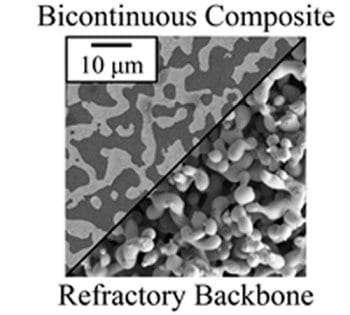
A new metallurgical processing technique, liquid metal dealloying, is used to fabricate the first bicontinuous metal-metal microcomposite.
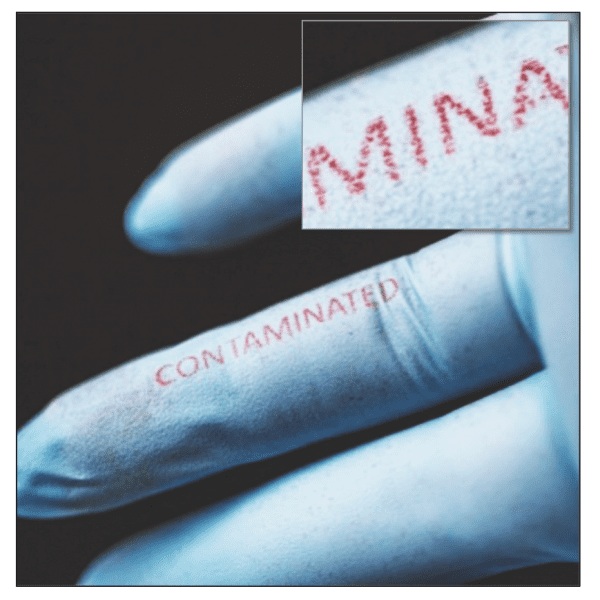
A new silk ink formulation provides a “bottom-up” approach to customized multifunction biomaterials.

Recent advances in the design of adaptable hydrogels for cell-encapsulation, cell-culture, and cell-transplantation applications are reviewed.

Jim Yang Lee and colleagues have designed a clever method to apply the concept of traffic engineering to the electron transport in lithium-ion batteries.

This month’s International Year of Light article reviews relevant advances and applications of plasmonic nanoparticles, from energy to health.
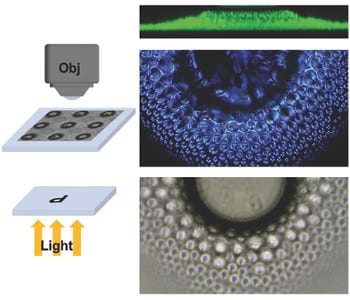
The month’s top articles from the field of nanooptics, optoelectronics, optical devices, detectors & sensors, micro/nano resonators and more.
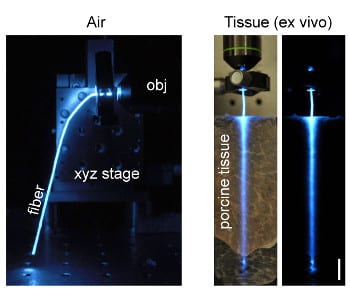
Researchers turn hydrogels into biocompatible optical fibers that can be functionalized for medical applications beyond endoscopy.
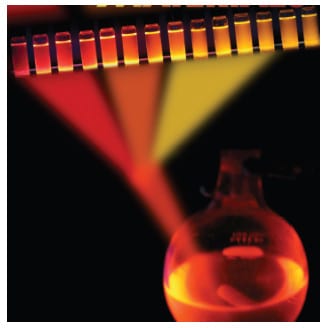
Professor Geoff Ozin has received an RSC Centenary Award – we asked for his thoughts on the research that brought him here.

New research solves two major problems in strechable electronics: poor adhesion and troublesome photopatterning.